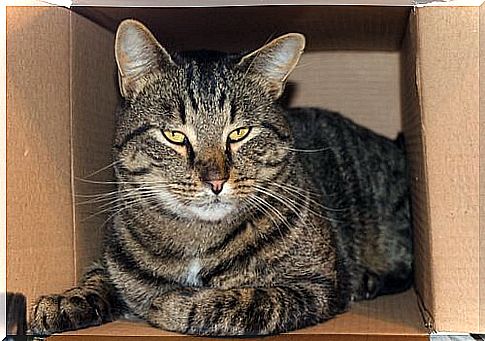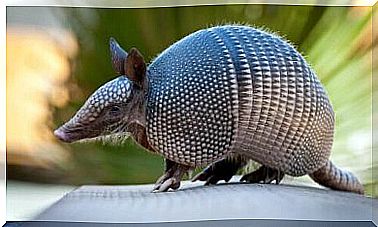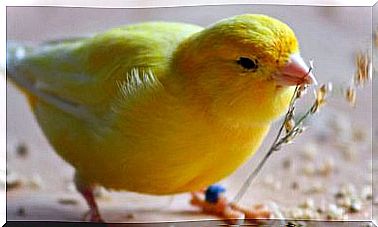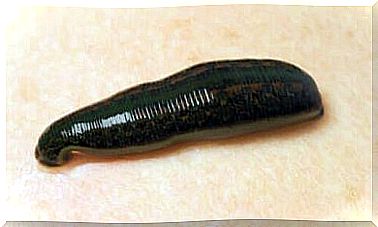Spina Bifida In Cats

Today, we bring you information about a congenital spinal anomaly that can affect a pussy with different degrees of severity. This problem means that the vertebrae do not develop normally, which can leave the spinal cord exposed. Stay with us. Today, we’ll tell you all about spina bifida in cats.
a birth defect
This malformation, which occurs during embryonic development, also occurs in humans and dogs.
In the case of domestic cats, it is particularly present in specimens of the tailless Manx breed.
Spina bifida in cats can be severely manifested when the animal’s spinal cord is exposed.
But it can also be a problem that is discovered by chance, when the kitten needs to get an X-ray for some reason, and it won’t cause any inconvenience.
Between these extremes, there are variants that affect, to a greater or lesser degree, the quality of life of cats and it is good that you learn to identify them.
Signs of spina bifida in cats
The lower part of the spine is most affected by this anomaly. However, the problem can manifest itself anywhere in the spine.
This congenital malformation usually occurs in tailless (or very short tailed) Manx cats. If the marrow is exposed during birth, there is a high propensity for getting meningitis.
Usually several vertebrae are involved. But, in mild cases, only one may have been affected.

In severe cases, with exposed spinal cord at birth, animals are prone to meningitis or inflammation of the spinal cord covering.
Unfortunately, these complications worsen the prognosis and this leads veterinarians to advise the animal to be sacrificed.
If spina bifida in cats is not detected at birth, it is very likely that its signs will appear as soon as the kitten begins to take its first steps.
Some indications that a kitten has this problem are:
- Weakness in hind legs
- walk swinging
- Urinary and/or fecal incontinence
- Insensitivity or pain in the affected area
- Paralysis
Diagnosis, treatment and prevention
To confirm the diagnosis of spina bifida in cats, common radiographic studies should be performed. Generally, they are also done:
- myelogram
- Contrast X-rays
- Computed tomography
- magnetic resonances
In certain cases, reconstructive surgery may be the solution. While it helps to prevent the spinal cord from being exposed through the skin, it is unlikely that a complete reconstruction of the affected vertebrae will be achieved.
On the other hand, there is no way to prevent spina bifida.
What can be done are genetic studies to prevent reproduction of the affected specimens and their first-degree relatives.
The Manx breed and spina bifida
Manx cats, which are usually born without a tail (or with only a part of it) usually do not have mobility problems.
However, if they have defective genes, they can develop problems in their spine, such as spina bifida.

That’s why you see these cute kittens adopting abnormal postures. In many cases, they experience pain or suffer accidental trauma due to the insensitivity of the nerves.
Fortunately, most breeders are taking extreme care to ensure that Manx cats do not develop this health problem.
In any case, regardless of the breed of the pussy, the important thing is that the veterinarian is consulted.
Only he can indicate the best ways to ensure quality of life for cats affected by this congenital anomaly.








